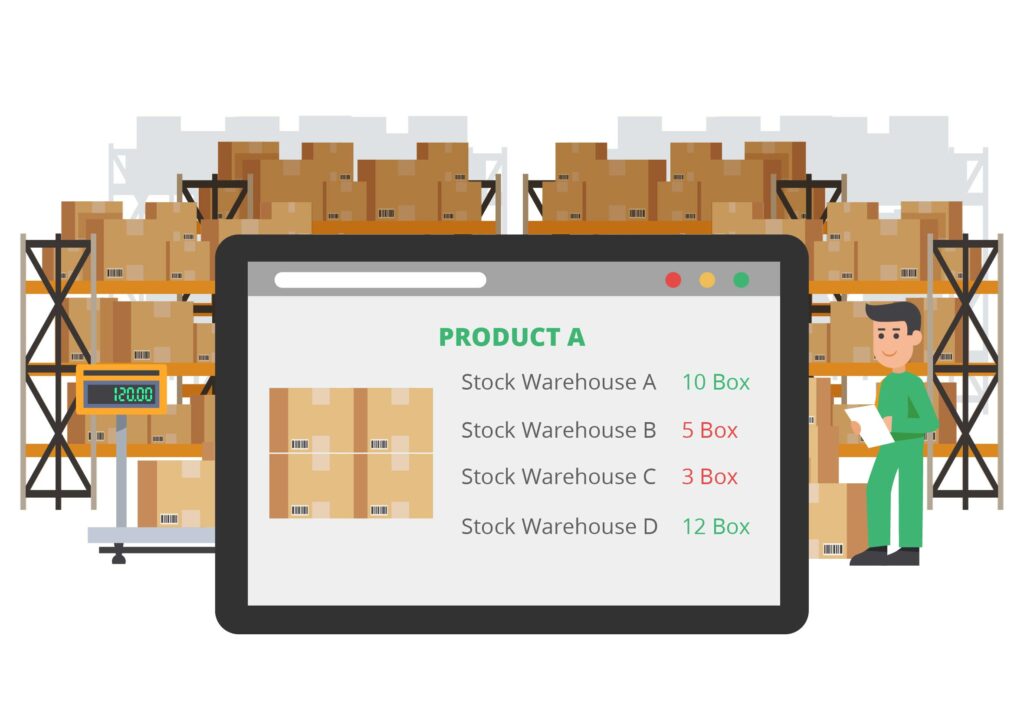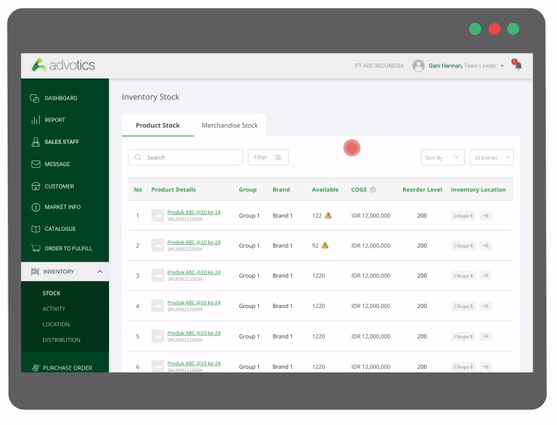
5 Tips for Stock Management for Your Business!
Table of Contents
For business people, the term stock or inventory is undoubtedly familiar. Mainly retail, wholesale, and manufacturing, which typically holds large amounts of inventory. These large amounts of inventory must be appropriately managed.
Why should inventory be appropriately managed?
- Optimizing storage space usage
- Keep track of the number of incoming and outgoing goods
- Prevent excess and shortage of stock
- Streamline the process of sending and receiving goods
- Minimizing human error (for example: sending the wrong product)
However, did you know that stock management is one of the biggest challenges for retailers in running a business? Here are tips that can help you manage your inventory optimally.
Classification of goods stock location
Place inventory by classification. In addition to preventing items from being mixed, it also makes it easier and faster for you to find things if you need them at any time.
You can classify the placement of goods, for example, based on:
- Price
- Expired time
- Item SKU
- Item status/condition
- New and old stock
- Products that sell and don’t sell
You can also mark items by giving different colors to easily damaged, broken, easily contaminated, and so on. Again, the more specific it is, the easier it is to find items.
Also read: Revolutionary Warehouse Management System: A New Way to Identify Products
Always monitor inventory level
Excess inventory and piling up in the warehouse can expire before being shipped. Still, shortages or even out-of-stock should also be prevented. Why? Because it can make customers disappointed and certainly hamper the company’s income, especially in the long term. Therefore, it is essential for you always to keep your inventory level at an optimal number.
Inventory level is the minimum stock level for each item used as a benchmark for replenishment. Therefore, continuously monitor your inventory level to avoid the above problems.
Read more: Inventory Management Software for Distributors
Use the Inventory Management system
Good inventory management can keep the accurate movement of goods, get real-time information for stock levels throughout the warehouse, and prevent stock shortages. However, managing all of them at one time is not easy.

You can use the inventory system in the Advotics Distribution Management System. By using an inventory system, you can optimize inventory management more effectively and efficiently.
Read more: Inventory Management Software for Distributors.
Implement the FIFO & FEFO method
These two inventory recording methods are undoubtedly familiar to inventory managers.
The FIFO (First In First Out) method is the most widely used method by business people. This method prioritizes the goods that enter first to be sold first so that the records of the goods in the report will be the same as the number of physical goods in the warehouse. This method is used by the Food & Beverage industry, such as food stores and cake shops, mostly because the product has a short shelf life and spoils quickly, so it must be sold immediately.
The FEFO (First Expired First Out) method prioritizes items that expire quickly to be sold first, compared to other items. In contrast to the FIFO method, you don’t have to think about which items will enter first. Instead, look at the product’s expiration date; the closest one must be sold immediately. This method is mainly also used by food and beverage stores (usually packaged) and drug stores.
Do Stock Taking regularly
Implementing stock-taking or physical counting is to find out whether the amount of physical stock is following the records and also to find out how many items are damaged or lost. Again, it is important to do as an internal control.
Large companies with much inventory can do stock-taking several times a year. For example, once a month, or once every 3 to 4 months. For companies with low stock, this can be done once a year at the end of the year.



